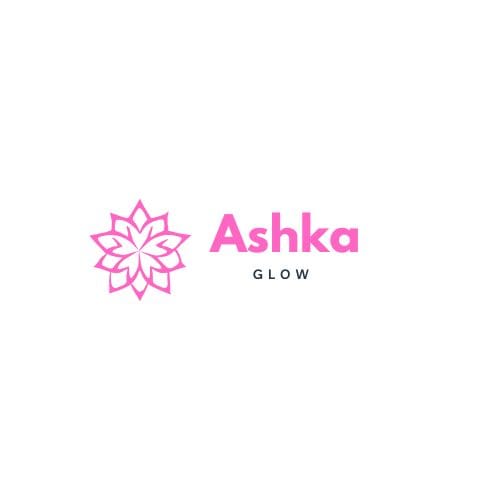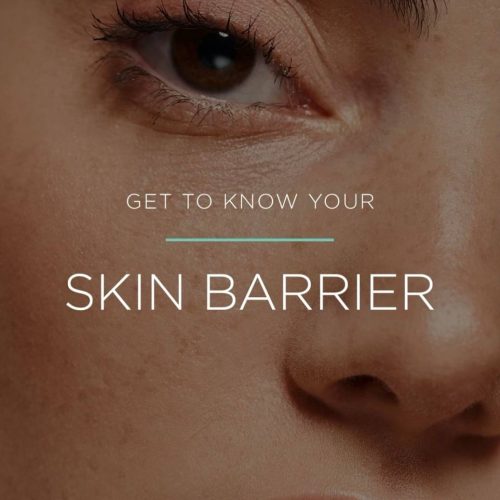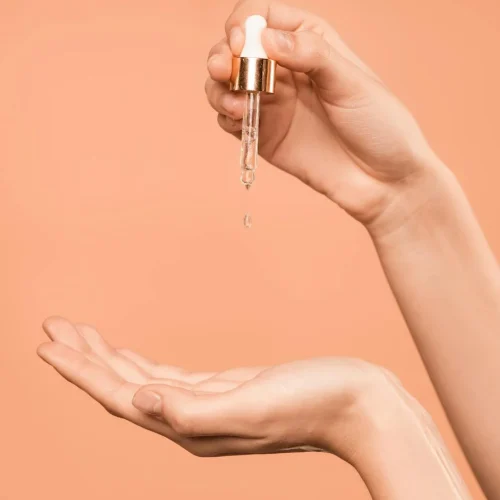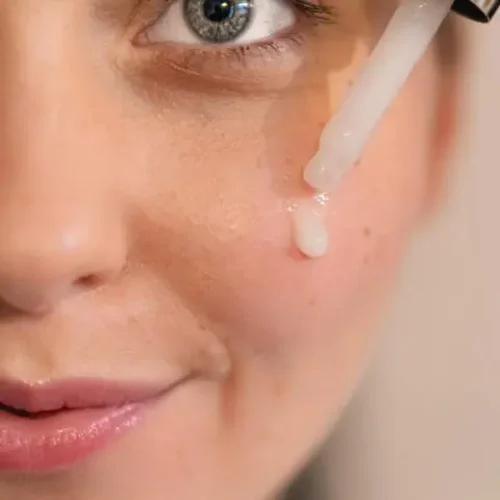Niacinamide, or nicotinamide, is a derivative of vitamin B3 that has become extremely popular in skin-care. Its versatility and science behind it makes this ingredient a staple in modern dermatology. I have always been excited as a doctor and skin-care enthusiast to dive into the science, the benefits, and practical applications behind this compelling compound. Niacinamide a Skin Health
What is Niacinamide?
Niacinamide is a water-soluble vitamin essential for cellular energy production and DNA repair. Unlike some other vitamins, it is soothing and is therefore suitable for all skin types, including very sensitive and acne-prone skin. It may be obtained naturally by eating such foods as meat, fish, nuts, and grains, besides having been synthesized for topical and oral us.
The Science Behind Niacinamide
Niacinamide gets down to work on a cellular level to improve skin health. It raises ceramide levels, a naturally occurring lipid the skin uses to build its barrier. A strong skin barrier reduces transepidermal water loss, protects against environmental aggressors, and reduces the skin’s sensitivity. It slows oil production, stimulates microcirculation, and serves as an anti-inflammatory.https://askaglow.com/wp-admin/post.php?post=2026&action=e
Benefits of Niacinamide in Skin Care
It Supports the Skin Barrier
Niacinamide stimulates the production of ceramides and other lipids in the skin to ensure a strong and hydrated skin barrier. It is particularly useful for people with eczema, rosacea, or dry skin.
It Reduces Hyperpigmentation
By preventing the transfer of melanosomes, niacinamide aids dark spots, melasma, and post-inflammatory hyperpigmentation to form a more uniform skin tone.
It Reduces Fine Lines and Wrinkles
Because it stimulates collagen production and increases skin elasticity, niacinamide is a good anti-aging ally.
It Helps with Acne and Redness
Niacinamide being an anti-inflammatory agent, soothes irritated skin, reduces redness, and controls sebum production- it is great for acne-prone individuals.
It Smoothens Skin Texture
Frequent use makes the skin smooth and clear while reducing the appearance of enlarged pores.
How to Include Niacinamide in Your Routine
Niacinamide is quite flexible and is available in various formulations, from serums to moisturizers and toners. Just a quick check on how to use it effectively:
Concentration: Most products contain niacinamide in concentrations ranging from 2 percent to 10 percent. Newbies are better off starting with lower concentrations so they do not run the risk of irritation.
Layering of Ingredients: Niacinamide pairs well with other active ingredients, like hyaluronic acid, peptides, and antioxidants. But avoid combining it with highly acidic products like pure vitamin C so as to avoid any ionic interactions.
Frequency: The gentle formula can be used twice a day, both in the morning and evening.
Are There Any Side Effects
Most people tolerate niacinamide well. It may rarely cause minor flushing or irritation, especially at higher concentrations. Always patch test prior to incorporating a new product into your regimen.
Conclusion
As a real powerhouse in skincare that spans multiple benefits-from repairing barrier function to anti-aging and acne management-it’s no wonder niacinamide is a dermatologist-and skincare-lover favorite. Whether one seeks to brighten the complexion or reduce redness or smooth out fine lines, niacinamide has a place in your routine. Select good formulations and uncover the change this humble but powerful ingredient can bring.






